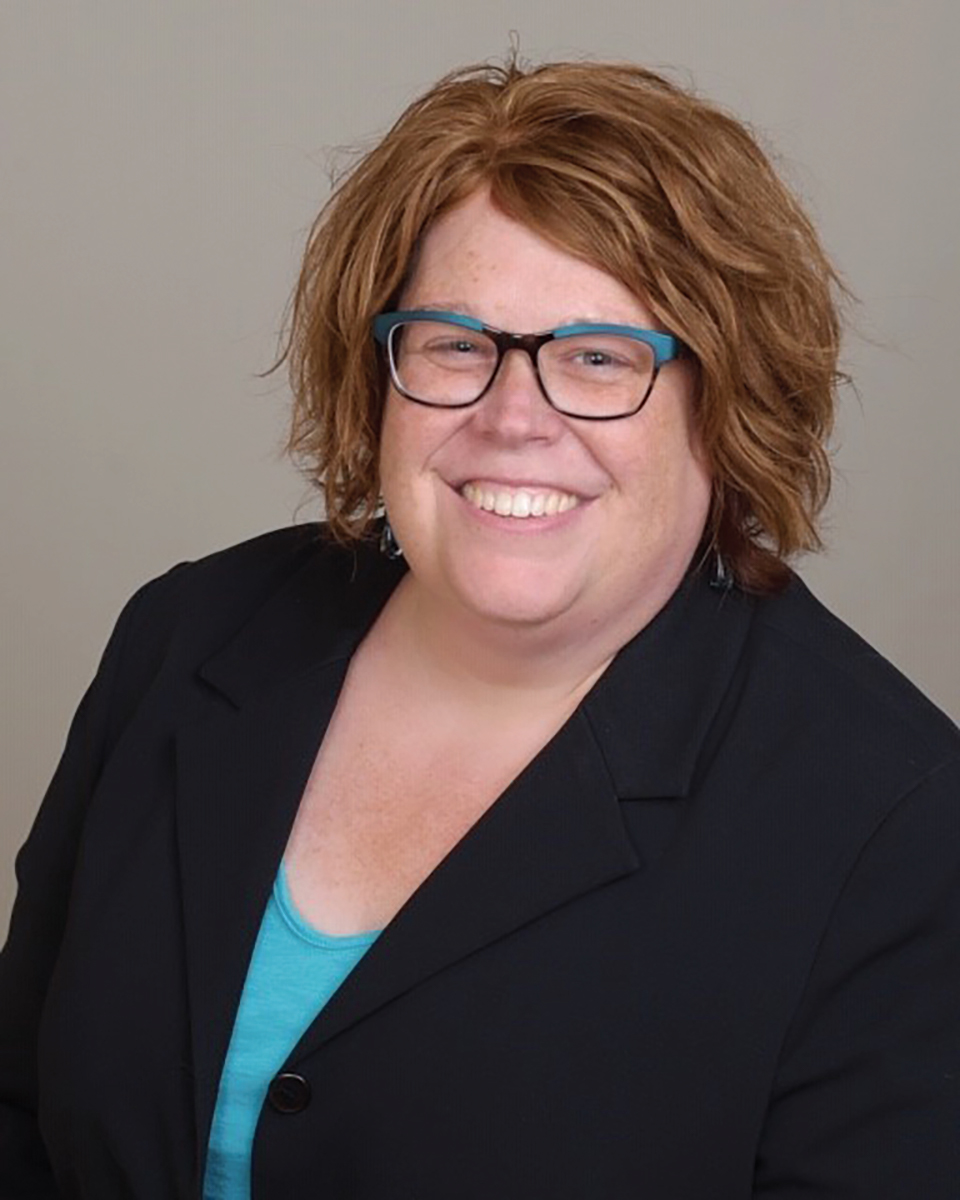
The Oncology Care Model (OCM) is a value-based payment system that the Centers for Medicare and Medicaid Services (CMS) is piloting. OCM focuses on decreasing the cost of cancer care while continuing to provide high-quality care, including a high level of care coordination and navigation and adherence to national guidelines for care. Part of OCM requires implementing certain practice changes, including documenting a 13-point care plan for each patient.
Our team used the Epic electronic health record (EHR) to ensure that our practice was meeting and documenting the requirements accordingly. We presented our findings from the process at the ONS 42nd Annual Congress and illustrated key nursing involvement in our transition to the new CMS payment model.
Epic was at the center of implementing nursing-led changes for OCM and enabled us to move our nursing processes off paper and into the EHR. We began to note advantages; for example, using the depression screen in the EHR allowed staff to track scores over time and monitor if they increased or decreased. It also gave an automatic flag that let schedulers know when a patient was due for the next depression screen. It would alert schedulers and prompt them to give patients the paperwork, and then the nurses would be able to see the completed screen once it was entered into the system.
The nursing team incorporated the 13-point care plan into the EHR, which allowed them to modify it over time to fit what they needed in day-to-day practice. Along with pulling discrete EHR data from a patient’s record into the care plan, nurses could add different sections based on each patient’s individualized care. Instead of picking a document up and writing something, it lives right within the EHR where everyone can see and access it. Another key nursing-led change was developing and implementing an EHR workflow that allowed the team to identify patients transitioning into hospice.
Nurses are essential in assessing and managing depression and distress screening. Although distress isn’t required for OCM, the nursing team paired it with the depression screen because evidence suggests that patients should also be receiving distress screening. It is assessed every six months in tandem with depression, and nurses can intervene based on those scores (e.g., talk to the patient about symptoms; put in referrals for additional services like psychology services, social work, dietary, and art therapy).
Oncology nurses are key to ensuring that patients receive the best care possible while also implementing the OCM-required changes in practice. And nurse researchers are addressing the effort by building the evidence for interventions that could help improve care while reducing hospital readmission rates, emergency department visits, and other costly elements for patients. Ultimately, nurses will continue to drive the successful implementation of and outcomes associated with OCM and other potential payment models.






